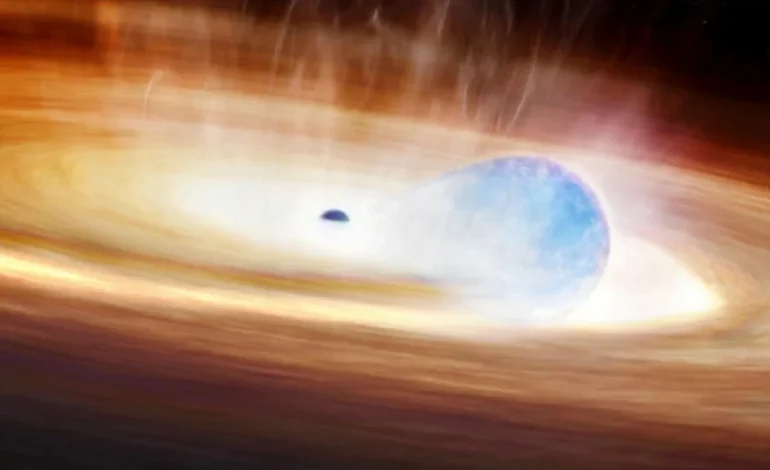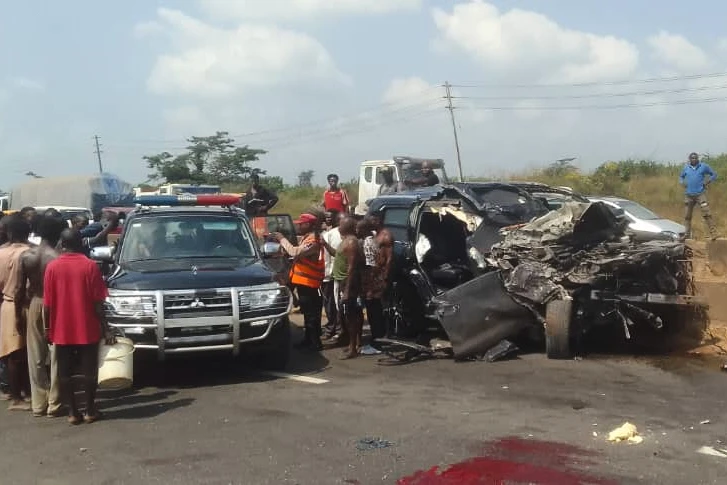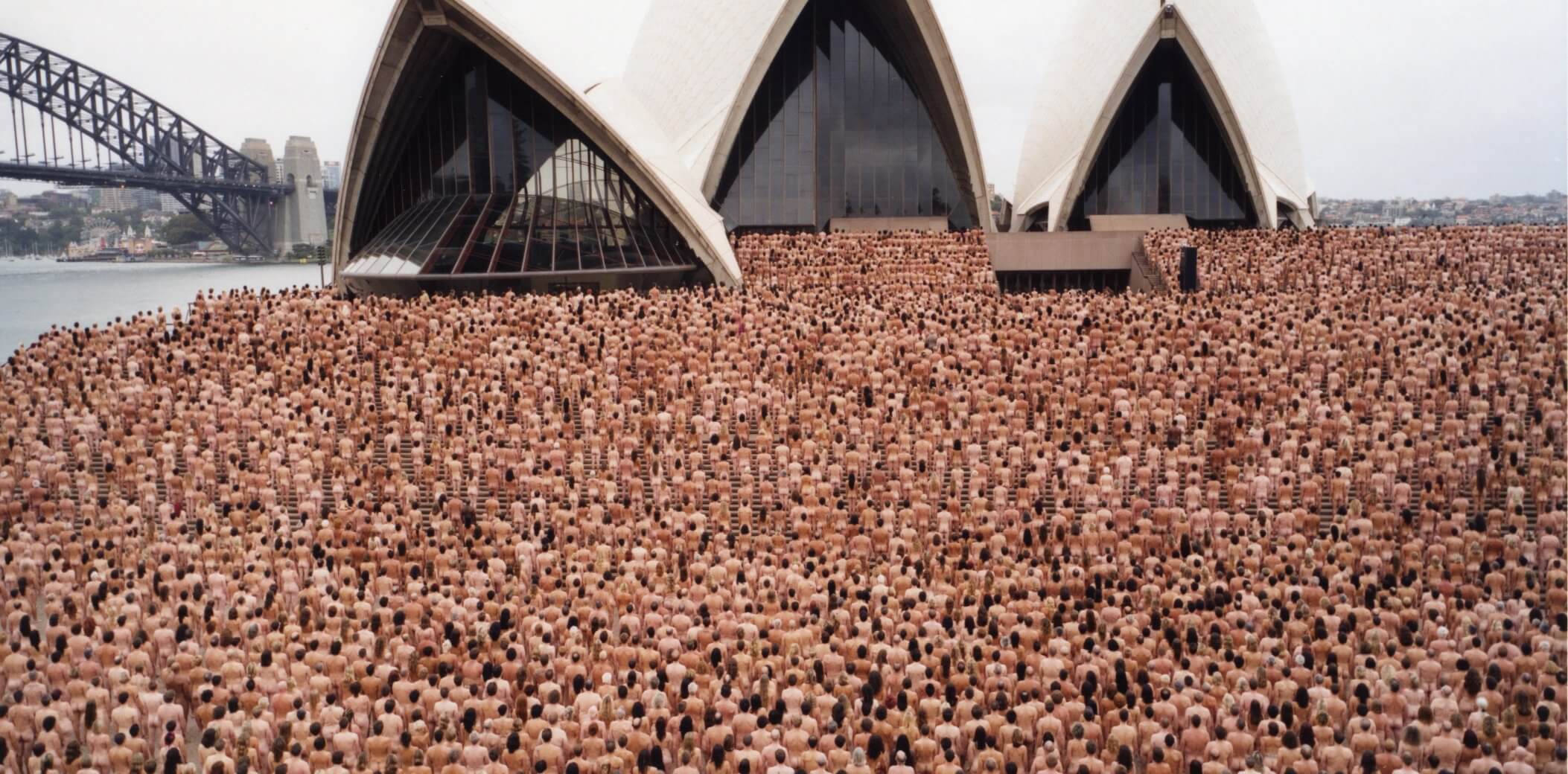Star Tries to Eat Black Hole — and Blows Itself to Bits

Astronomers think they’ve just witnessed one of the wildest cosmic disasters ever: a massive star tried to swallow a black hole… and lost.
The result? A bizarre kind of supernova — the explosive death of a star — that may rewrite what we know about how these stellar giants meet their end.
The event, named SN 2023zkd, happened about 730 million light-years away and was first flagged in July 2023 by an AI program scanning the night sky for unusual cosmic flashes. At first, it looked like your garden-variety stellar explosion. But then, things got weird.
Instead of fading normally, the star’s light dimmed unusually slowly, then — months later — brightened again. When scientists dug through old data, they found the system had been getting steadily brighter for four years before the blast. That suggested the star had been in a slow-motion death spiral, locked in orbit with a black hole that was stripping away its gas.
“We’ve known most big stars have companions,” said lead researcher Alex Gagliano. “But we never thought that kind of close interaction could actually be the trigger that blows the star apart.”
Here’s the likely scenario:
- The star and black hole circled each other for ages, inching closer.
- The black hole’s gravity pulled at the star’s outer layers, causing that years-long pre-explosion glow.
- Eventually, the gravitational stress became so extreme that the star collapsed and exploded.
- The first light peak came from the blast wave slamming into surrounding material.
- The second peak months later was the explosion crashing into a dense disk of gas and dust — leftovers from their cosmic dance.
In the end, all that would remain is a single, heavier black hole.
This is the first strong evidence that a close encounter with a black hole can directly detonate a star. If this turns out to be common, astronomers may need to rethink the playbook for how stars die.
And without AI, no one might have noticed. The program flagged SN 2023zkd’s strange fading pattern in real time, giving telescopes around the world a front-row seat to the drama.
“We’re entering an era where AI can catch these rare events as they happen,” Gagliano said. “That means we can finally start connecting the dots between how a star lives and how it dies — and that’s incredibly exciting.”
Bigger sky surveys, like the soon-to-open Vera C. Rubin Observatory in Chile, are expected to turn up more of these rare “black hole-triggered” supernovas in the coming years. Which means SN 2023zkd might just be the first in a whole new chapter of cosmic chaos.









The latest news in your social feeds
Subscribe to our social media platforms to stay tuned